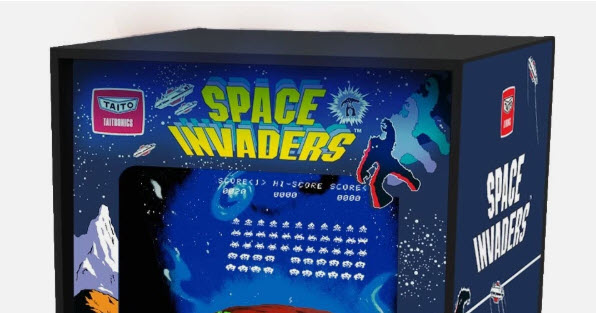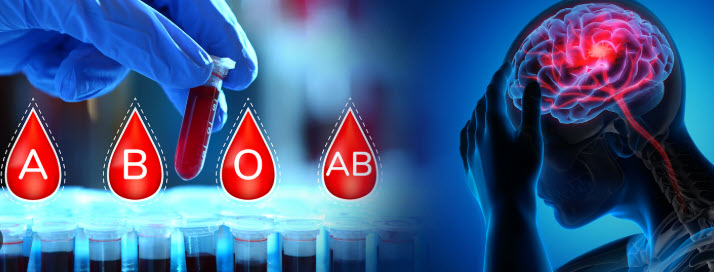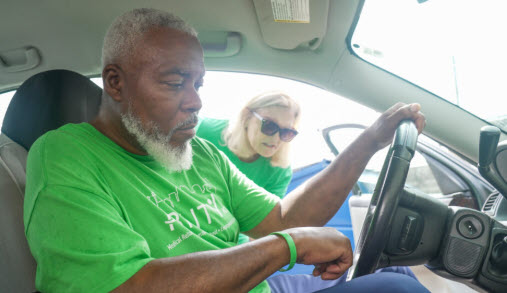For many stroke survivors, regaining arm and hand function is a difficult and often frustrating process. Traditional rehabilitation methods, while foundational, can be intensive, repetitive, and limited by therapist availability. In the months immediately following a stroke, the brain exhibits enhanced neuroplasticity; a critical window for recovery that requires as much task-specific practice as possible in order to take advantage it. Increasingly, a wave of new technologies is revolutionising upper limb rehabilitation, offering innovative and engaging ways to target and extend this time-window as much as possible by supplementing conventional therapy.
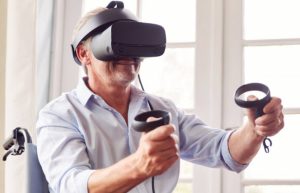 Virtual Reality (VR) is transforming monotonous exercises into interactive games, boosting patient engagement and motivation. Studies have shown that when used alongside traditional therapy, VR can significantly improve motor function and quality of life for stroke survivors.
Virtual Reality (VR) is transforming monotonous exercises into interactive games, boosting patient engagement and motivation. Studies have shown that when used alongside traditional therapy, VR can significantly improve motor function and quality of life for stroke survivors.
Immersive or non-immersive VR systems—using head-mounted displays, computer screens, or tablets—place patients in virtual environments where they can practice real-world tasks. A patient might use a motion-tracking glove to “catch” objects in a virtual space, or practice hand movements in a simulated kitchen to promote greater engagement. Real-time feedback can be delivered; gamification, and task-specific training in a safe, controlled environment can increase exercise intensity and provide an enjoyable experience.
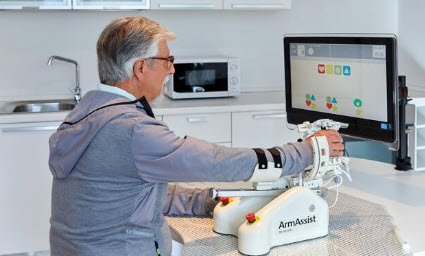 Robotic devices can also supplement therapy by assisting with intensive, repetitive exercises that might otherwise be too demanding for therapists or patients. The best results often occur when robotic therapy is combined with conventional methods, and different robots are suited for varying needs.
Robotic devices can also supplement therapy by assisting with intensive, repetitive exercises that might otherwise be too demanding for therapists or patients. The best results often occur when robotic therapy is combined with conventional methods, and different robots are suited for varying needs.
Robotics can deliver a higher dosage of repetitive, task-oriented exercises and provide consistent, objective data to track progress.
Rehabilitation robots can be broadly categorised into two types based on their function and how they interact with the stroke survivor: end-effector devices, which are independent of the patient and attach at a single, distal point, such as the hand… and are effective for training movements in a horizontal plane but are less capable of controlling and isolating the movement of individual joints. Exoskeleton devices, however are wearable, powered devices resemble and attach directly to the human arm, with their joints aligned to mimic human joints, which allows for assisted movement of specific joints in the hand, wrist, elbow, and shoulder.
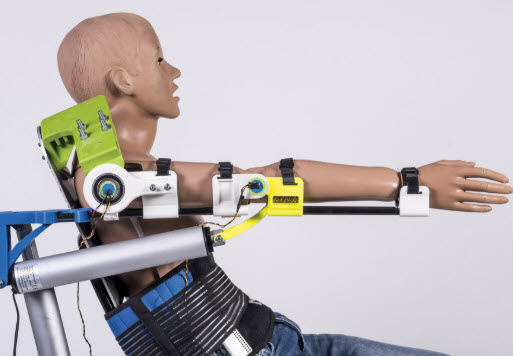
Upper limb exoskeletons operate in several modes to help with different stages of recovery:
- Assistive mode: For patients with very little to no movement, the exoskeleton fully supports the limb and helps the patient perform the desired motion.
- Assist-as-needed (AAN) mode: As the patient recovers some motor function, the device detects their initial movement intention and provides support only when needed to complete the task.
- Corrective mode: This mode provides force to gently guide the limb back toward the correct trajectory if the patient’s movement deviates from the desired path.
- Resistive mode: For patients with significant motor recovery, the exoskeleton can provide resistance to help them regain strength and better control their movements.
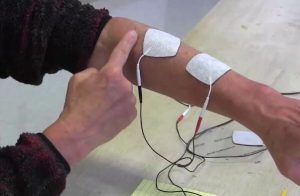 Functional Electrical Stimulation (FES) uses electrical pulses to activate muscles artificially, helping to practice functional tasks like grasping and reaching. When coupled with voluntary movement, this technique can help promote neuroplasticity, the brain’s ability to reorganize itself. Surface electrodes can be placed on the skin, or in more advanced setups, integrated into electrode arrays on a fabric sleeve or orthosis.
Functional Electrical Stimulation (FES) uses electrical pulses to activate muscles artificially, helping to practice functional tasks like grasping and reaching. When coupled with voluntary movement, this technique can help promote neuroplasticity, the brain’s ability to reorganize itself. Surface electrodes can be placed on the skin, or in more advanced setups, integrated into electrode arrays on a fabric sleeve or orthosis.
Some systems are also triggered by electromyography (EMG) or brain-computer interfaces (BCIs), allowing the patient’s intent to control the stimulation. By actively involving the patient’s brain and body, FES reinforces connections between intention and movement, which is crucial for recovering motor control.
Portable, wearable sensors and smart devices enable rehabilitation to extend beyond the clinic and into the home. This provides continuous monitoring and feedback, which is key for maximizing recovery through high-intensity, repetitive practice.
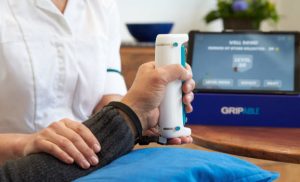 Wearable sensors take the form of wrist-worn sensors or special gloves can track arm movements and provide real-time feedback through a tablet or app. Gamified devices have also been available for many years. Both the following are produced by long-term colleagues of ARNI: GripAble, is a great example which turns exercises into engaging, fun activities for at-home use. And Neuroball is used to play video games that track hand and arm movements. It’s designed to motivate users to complete hundreds of physical therapy repetitions from home. Such examples help to maintain patient motivation and exercise adherence outside of supervised sessions.
Wearable sensors take the form of wrist-worn sensors or special gloves can track arm movements and provide real-time feedback through a tablet or app. Gamified devices have also been available for many years. Both the following are produced by long-term colleagues of ARNI: GripAble, is a great example which turns exercises into engaging, fun activities for at-home use. And Neuroball is used to play video games that track hand and arm movements. It’s designed to motivate users to complete hundreds of physical therapy repetitions from home. Such examples help to maintain patient motivation and exercise adherence outside of supervised sessions.
To sum; technology is not seen currently by experts in stroke as a replacement for therapists, but as a powerful partner able to deliver high dosages of repetitions in order to complement therapy or retraining interventions. By combining these advanced tools with expert guidance, survivors can achieve levels of recovery that were once impossible.
We predict that that the future of stroke rehabilitation will continue to see these technologies becoming more personalised, accessible, and integrated into a holistic approach that can help stroke survivors ultimately to reclaim function and independence as they seek to retrain & recover autonomy in the community.
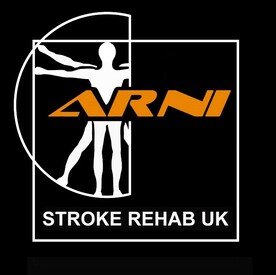
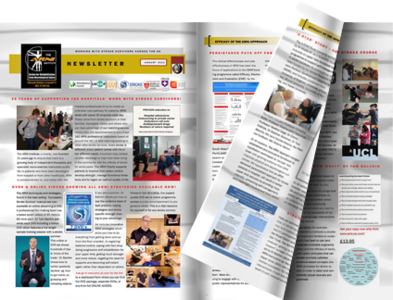
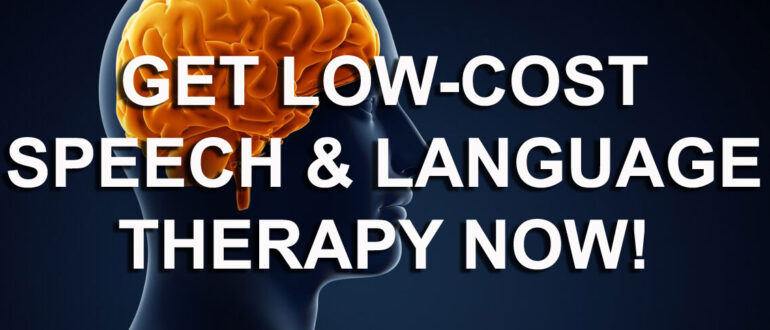
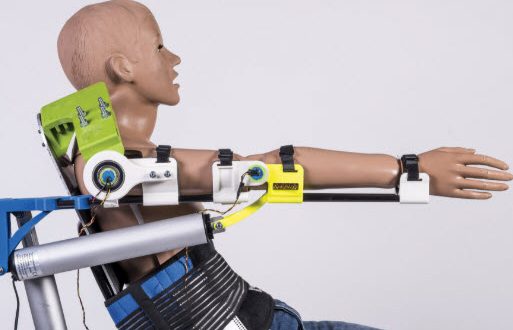
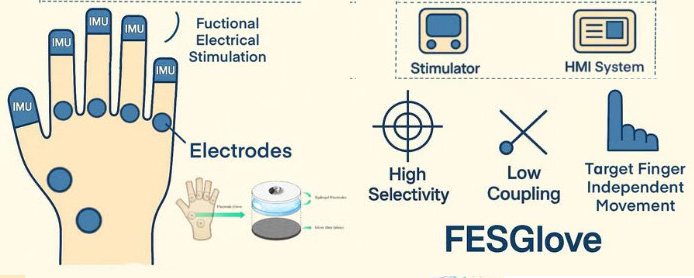
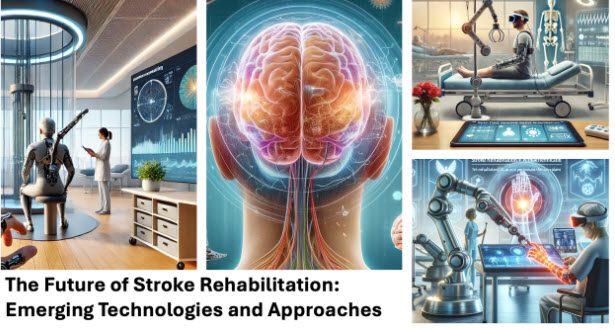
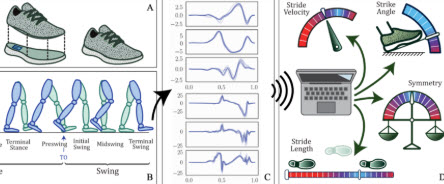
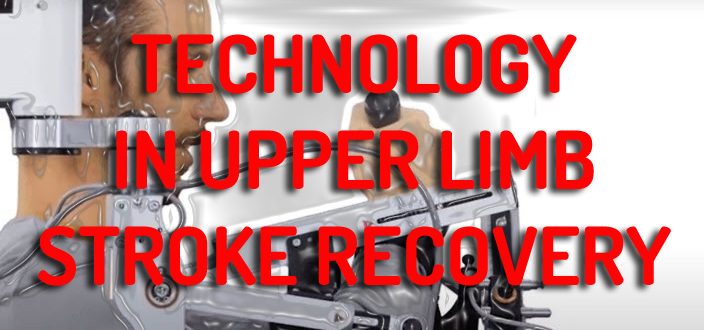
 Virtual Reality (VR) is transforming monotonous exercises into interactive games, boosting patient engagement and motivation. Studies have shown that when used alongside traditional therapy, VR can significantly improve motor function and quality of life for stroke survivors.
Virtual Reality (VR) is transforming monotonous exercises into interactive games, boosting patient engagement and motivation. Studies have shown that when used alongside traditional therapy, VR can significantly improve motor function and quality of life for stroke survivors. Robotic devices can also supplement therapy by assisting with intensive, repetitive exercises that might otherwise be too demanding for therapists or patients. The best results often occur when robotic therapy is combined with conventional methods, and different robots are suited for varying needs.
Robotic devices can also supplement therapy by assisting with intensive, repetitive exercises that might otherwise be too demanding for therapists or patients. The best results often occur when robotic therapy is combined with conventional methods, and different robots are suited for varying needs. Upper limb exoskeletons operate in several modes to help with different stages of recovery:
Upper limb exoskeletons operate in several modes to help with different stages of recovery: Functional Electrical Stimulation (FES) uses electrical pulses to activate muscles artificially, helping to practice functional tasks like grasping and reaching. When coupled with voluntary movement, this technique can help promote neuroplasticity, the brain’s ability to reorganize itself. Surface electrodes can be placed on the skin, or in more advanced setups, integrated into electrode arrays on a fabric sleeve or orthosis.
Functional Electrical Stimulation (FES) uses electrical pulses to activate muscles artificially, helping to practice functional tasks like grasping and reaching. When coupled with voluntary movement, this technique can help promote neuroplasticity, the brain’s ability to reorganize itself. Surface electrodes can be placed on the skin, or in more advanced setups, integrated into electrode arrays on a fabric sleeve or orthosis. Wearable sensors take the form of wrist-worn sensors or special gloves can track arm movements and provide real-time feedback through a tablet or app. Gamified devices have also been available for many years. Both the following are produced by long-term colleagues of ARNI: GripAble, is a great example which turns exercises into engaging, fun activities for at-home use. And Neuroball
Wearable sensors take the form of wrist-worn sensors or special gloves can track arm movements and provide real-time feedback through a tablet or app. Gamified devices have also been available for many years. Both the following are produced by long-term colleagues of ARNI: GripAble, is a great example which turns exercises into engaging, fun activities for at-home use. And Neuroball